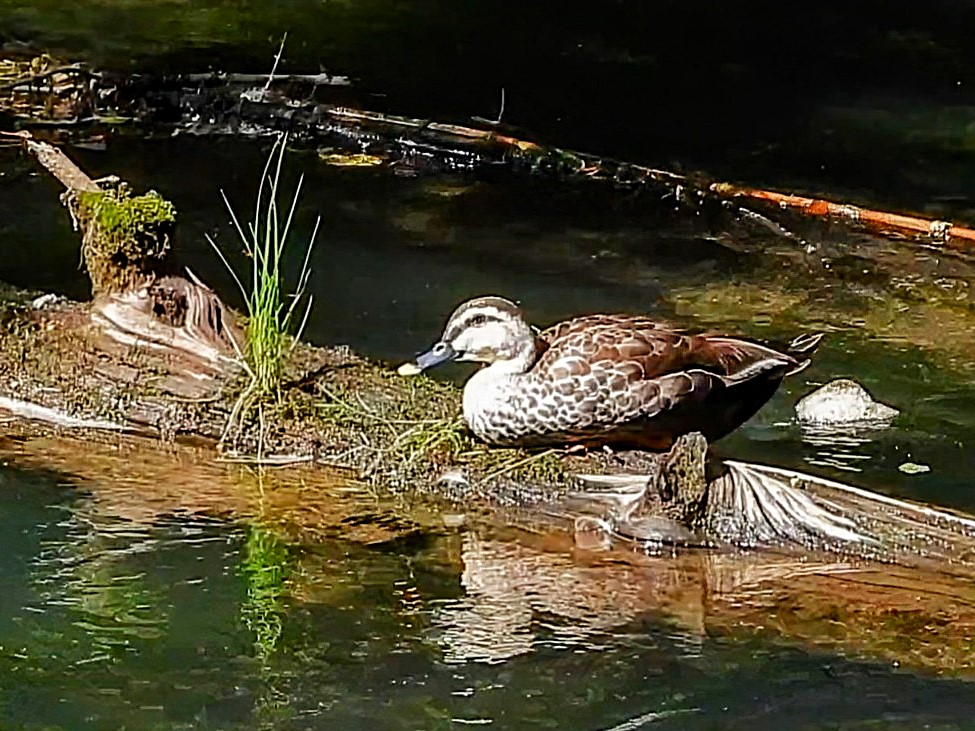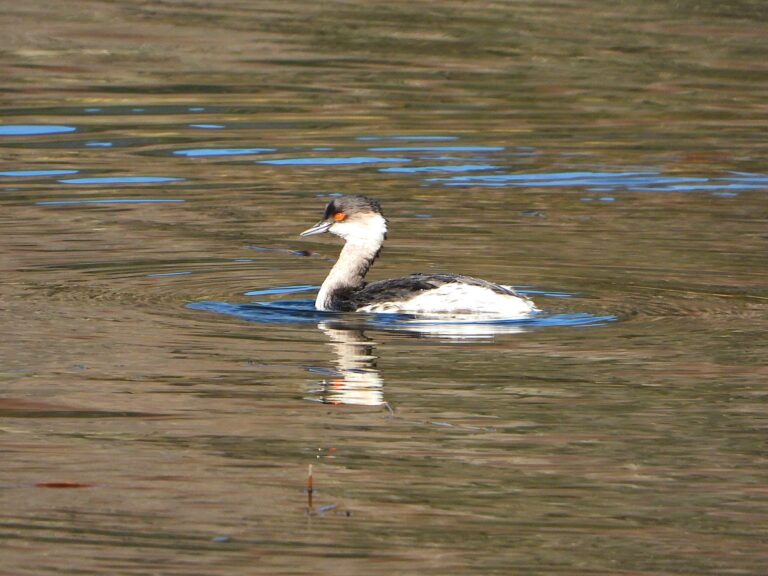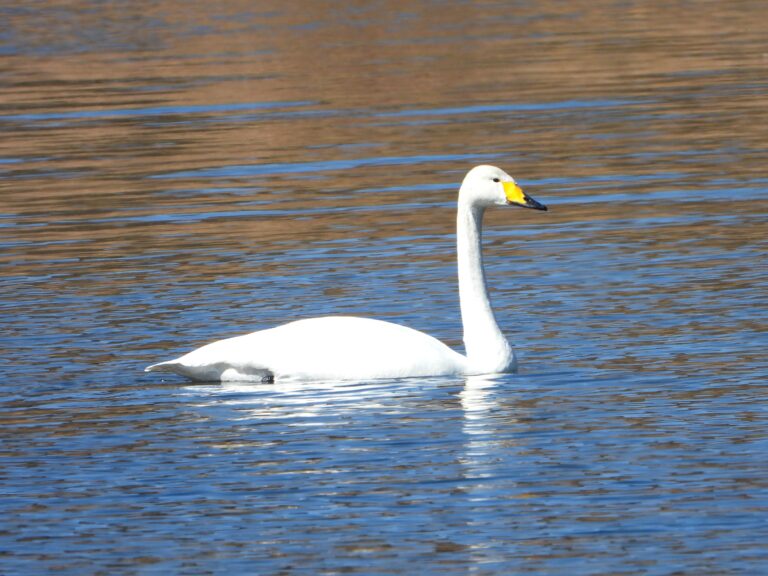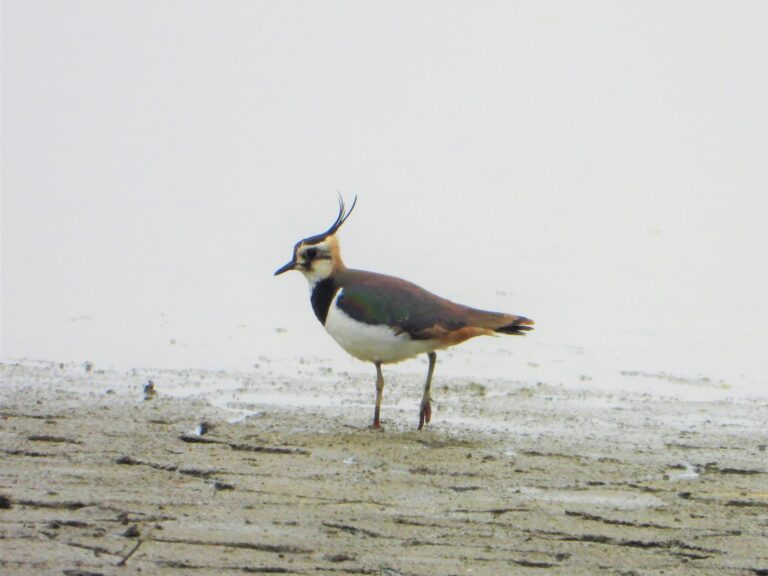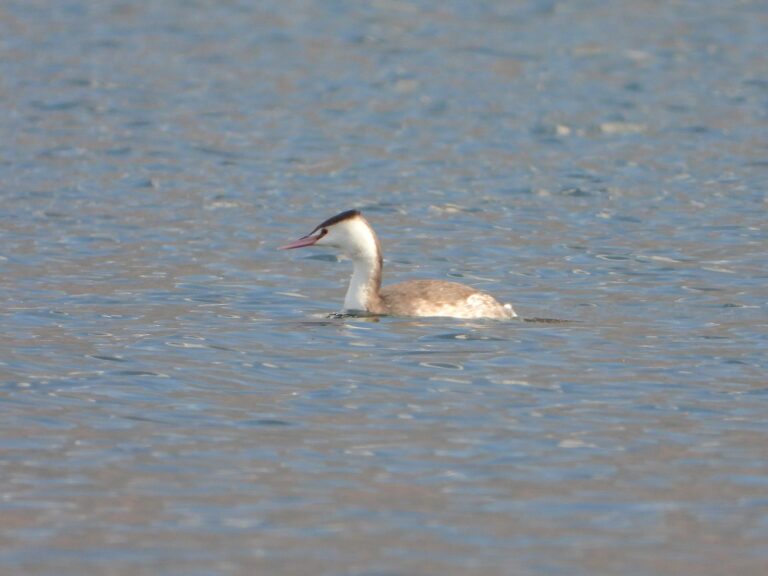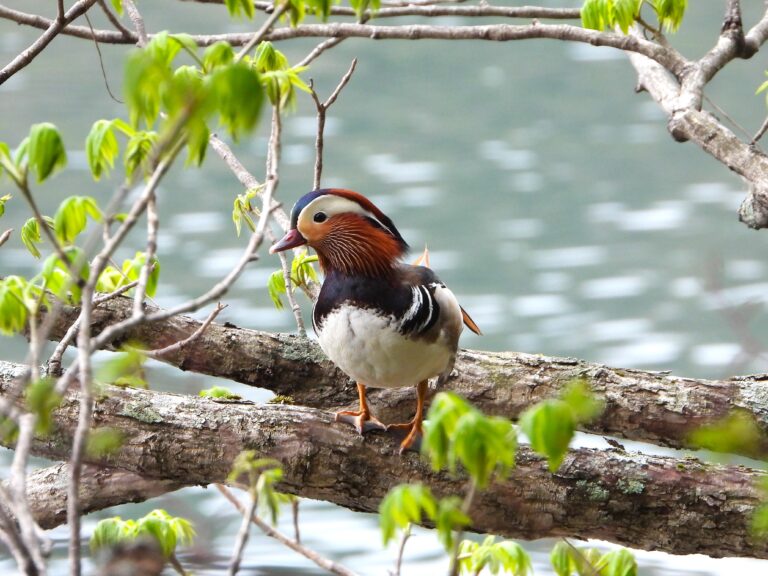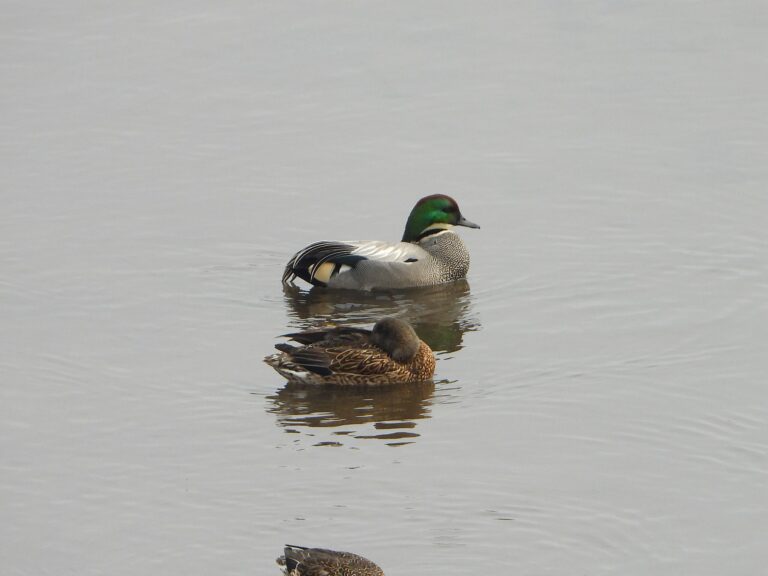Eastern Spot-billed Duck (Anas zonorhyncha)
Introduction
The Eastern Spot-billed Duck is one of Japan’s most familiar wild ducks, belonging to the East Asian group distinct from the Indian Spot-billed Duck. It is listed as Least Concern by the IUCN, though global populations show a slight decreasing trend.
Appearance
A medium-sized dabbling duck about 51.5–64.5 cm long and weighing 0.8–1.3 kg. Both sexes are similar: brown body, pale face, distinct dark eye-stripe, and a black bill tipped in bright yellow. Legs and feet are orange. In flight, the bluish-green iridescent speculum bordered with white is conspicuous.
Habitat & Distribution
This species is widespread in East Asia. In Japan, it breeds almost nationwide and is largely resident south of Honshū, while in Hokkaidō it is mainly a summer visitor. Banding has confirmed movements to Sakhalin and mainland China. It inhabits lakes, ponds, slow rivers, marshes, urban park ponds, and especially rice fields.
Where to See in Japan
Common and widespread from Hokkaidō to Okinawa. You can see pairs and family groups in city parks, temple moats, quiet rivers, irrigation canals, and flooded rice fields. Early morning and evening are particularly good times to observe them feeding.
Behavior
A typical dabbling duck that feeds by tipping up or picking food from the surface. Research in Japan shows that it forages more frequently at night, especially in rice fields. Outside the breeding season, it may form small flocks.
Diet
Feeds mainly on aquatic plants, seeds, and leaves from waterside vegetation, but also eats aquatic insects, snails, and small invertebrates.
Reproduction
Ground-nester concealed in dense vegetation near water. In Japan, the typical clutch is 7–9 eggs, incubation lasts about 26 days, and the ducklings leave the nest soon after hatching. Studies in China show mean clutch size of 8–9 eggs, incubation 27–28 days, and around 40% nest success in areas with dense emergent cover.
Conservation
Although globally stable, the species shows a slight decline. In Japan, large populations remain secure thanks to the abundance of rice paddies and urban ponds, though local declines can occur where wetland management changes.
Notes on Identification & Hybridization
The yellow-tipped black bill is the clearest field mark. Hybridization with Mallards is common in Japan and produces birds with intermediate features, sometimes showing a faint green sheen on the head.
Author’s Impression
The Eastern Spot-billed Duck isn’t rare, yet there’s something endlessly calming about watching a Karugamo family glide quietly through a rice field or park moat.

